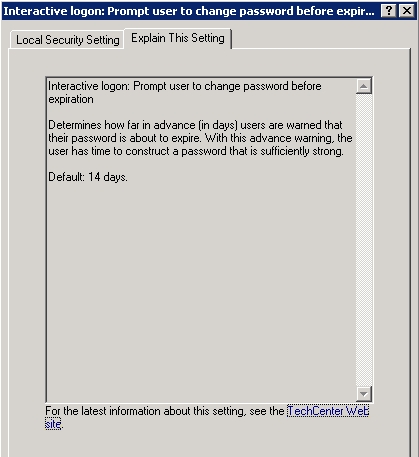


Multi-factor authentication should be enabled for all admin and user accounts.įirst, we are going to check the default multi-factor authentication settings. It protects your accounts against phishing attacks and password sprays. Configure Multi-factor AuthenticationĮnabling multi-factor authentication (MFA) is the most recommended security measure to secure Office 365. If you need to disable security defaults, then make sure you atleast enabled MFA for all the admins and users where possible and block all legacy protocols (per user). Click on Azure Active Directory and select Properties.To enable or disable Security Defaults you will have to login into the Azure Active Directory Admin Center: Text messages or app passwords can’t be used with security defaults enabled. So you can’t disable MFA for one user or turn on the SMTP Authentication Protocol if you need it for a specific business application.Īlso, you can only use the Microsoft Authenticator app using notifications for multi-factor authentication. You can’t make any exceptions to the policies. If your tenant was created after October 21, 2019, then it’s possible that the security defaults setting is enabled for your tenant.īefore you enable security defaults in Office 365 you should keep a few things in mind. Require users to use MFA when necessary (risky sign-in events).Blocking legacy authentication protocols.Enable multi-factor authentication (MFA) for all users and admins.Security Defaults in Microsoft Office 365 are preconfigured security settings that help you to secure your Office 365 data against common threats. Block Anonymous users can join a meeting.Enable Preset Security Policies in Exchange Online.Assign Role-Based Access Control (RBAC) for admins.Create an emergency access admin account.Configure and check Multi-Factor Authentication (users and admins).In this guide we are going to configure the following security settings: Last updated: dec 2021 added SPF, DKIM, DMARC All the security features can be enabled without the need for additional add-on products like Advanced Thread Protection, Defender for Office 365, or Azure Premium P1 or P2. I have written this guide for you to use as a baseline to secure your Microsoft Office 365 tenant. Existing tenants however will need to keep up with the new security features and enable them manually to secure Office 365. If you create a new tenant, some but not all of these security features are enabled by default. Microsoft Office 365 comes with a lot of features to protect your data against today’s threats.


 0 kommentar(er)
0 kommentar(er)
